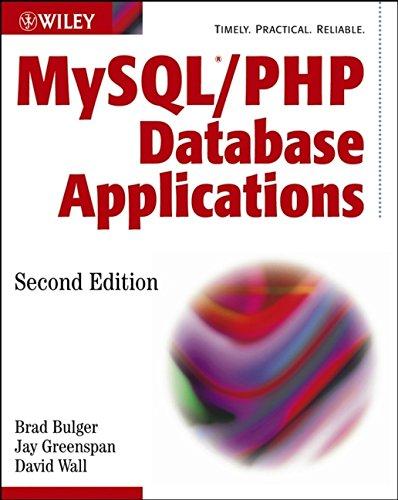Answered step by step
Verified Expert Solution
Question
1 Approved Answer
3 Implement a Demosaicing Algorithm Implement the simple demosaicing algorithm seen during the lecture, or a more advanced one. Apply it to IMG 4 7
Implement a Demosaicing Algorithm
Implement the simple demosaicing algorithm seen during the lecture, or a more advanced one.
Apply it to IMG
Important: in the processing pipeline, do not change the data type ie do not transform
it to unsigned bits integers Conversion to a less accurate type should be done only when
exporting results to an image format. Hint: no need to apply a median filter on U and V
channels; it is slow and wont improve much the image. Hint: if it looks grayish, its normal:
you havent applied some color balance yet.
Improve the Luminosity
As you probably noticed, the image you obtained after demosaicing is quite dark. Apply a
gamma correction I suggest gamma and not to normalize using npmin and npmax but
nppercentile with values of and
Evaluate at least one other curve than y xgamma
Hint: use the percentiles to normalize data in as you would normally do with min and
max set negative values to and values greater than to apply the gamma correction,
and invert the transform to get back the the previous range of values.
Hint: here is how to use the percentile approach:
a nppercentiledata
b nppercentiledata
data data aba
datadata
datadata
White Balance
The last step for processing raw sensor data is to apply white balance. Implement the gray
world in your algorithm.
Hint: because of the multiplications, some values might become greater than ; clip them
to this maximum.
Initial HDR Implementation
This exercise is the initial implementation of HDR images, as seen during the lecture. You
will find on StudOn a set of photos from CR to CR For each of them, the exposure
time was half the one of the previous photo.
Combine them to produce HDR raw data. Then, apply the demosaicing algorithm and the
white balance. Decrease the dynamic range by computing the logarithm of this data, and
downscale it to the interval. Then save the resulting image.
You should obtain the same result as what is shown in the slides.
iCAM
Implement the iCAM HDR method, as explained on the slides. Try different settings to find
the ones you like the best.
Hint: bilateral filters are slow, so while developing your solution, use at first very small kernels
to minimize the run time.
Win
or at least try to
Implement a demosaicing function named process raw which takes two parameters:
The path to a raw file CR format
The path to wich the resulting JPG image has to be saved
Hint: you will be judged based on the quality of your image, so when saving it to the JPG
format, set a high quality setting, such as or not
Provide code for each one differentely
Step by Step Solution
There are 3 Steps involved in it
Step: 1

Get Instant Access to Expert-Tailored Solutions
See step-by-step solutions with expert insights and AI powered tools for academic success
Step: 2

Step: 3

Ace Your Homework with AI
Get the answers you need in no time with our AI-driven, step-by-step assistance
Get Started


